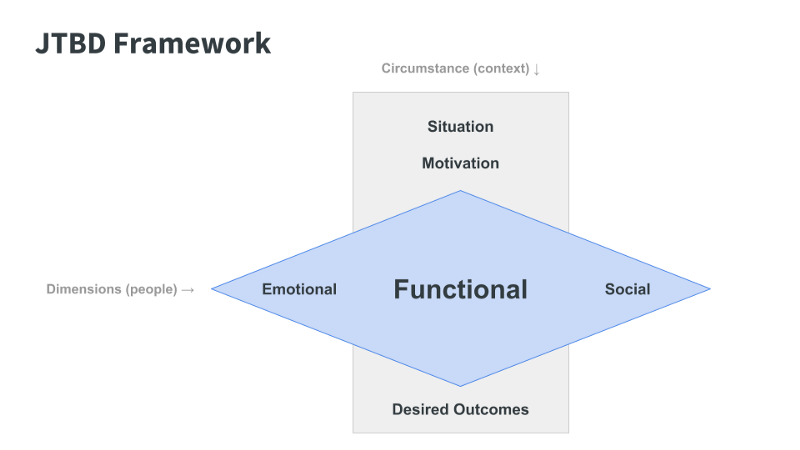Switching from inside-out to outside-in organizations.

The Inside-out Paradigm
If you ever worked in an established organization or you are creating your own, you may realize that most of the tools available to them are narcissistically focus on themselves: looking for answers internally, either within the company or the competitors of their market. This is called an inside-out process, a paradigm in which –most of the time– people believe that generating strong ideas solely based on internal expertise is the path to growth and innovation.
These organizations believe so much to have a strong business model that they don’t see why they should question what they are doing and how they do it. They have well-developed processes that –more or less– fit their existing models, regulations, constraints, but oftentimes lead to a sort of “process paralysis”, a state in which a way of doing things prevent both new idea generation and different thinking, therefore preventing any kind of objectivism and questioning of the said process. They sometimes emphasize only on some aspects of what they are doing whether it is Marketing, IT, Sales, etc. without any kind of coherence. Such organizations tend to see customers from a distant and distorted point of view and this leads to absurd reasoning, such as the customers are the inherent risk of their business. This is exacerbated by decades of false beliefs about how people think and behave. I call it the Homo economicus complex.
On Myths & Beliefs in Business
3 Myths We All Have Been Taught And That Prevent You And Your Business To Growmedium.com
And even tho this description is more or less true depending on the organization or the market we’re looking at, places like that are quite common. Places in which false beliefs are king, such as “customers don’t know what they want” or “they don’t like change”. Places that love to use arguments from authority, like the so-called H. Ford’s statement “If I had asked people what they wanted, they would have said faster horses”, to justify their inability to effectively build proper understanding and knowledge of their customers, users, and market.
We can see how this blindness towards customers’ pains, needs and contexts come from the acceptance of what is judged as “normal” amongst some professionals. And as those organizations have very few external indicators to know if what they are doing is “good or not”, they morbidly compare themselves to the competition. They are locked in their market, doomed to die or follow. Innovation seems a far, complex, and inaccessible.
“But hey, we’re not Apple or Tesla!” — But saying that suggests that we should be one of these organization to start doing things differently.Don’t you see the fallacious thinking here?
All of this lead to myths creation, false beliefs and ultimately it creates invisible and unconscious barriers that prevent one to propose anything new.
Customers Needs Are Your Business Needs
UX Maturity vs Business Myopiamedium.com
The Outside-in Paradigm
To move out of market analysis paralysis and low-value product/service creation, to better retain people, gain new ones, increase their loyalty and your organization growth, and ultimately enable the path to innovation, we need a paradigm shift: we need to move from an inside-out to an outside-in process, through human-centered thinking.

An outside-in process is the fact to seek information, knowledge, and insights outside first: we start by identifying the people we aim to solve problems for, their job-to-be-done, needs, pains, gains, and their contexts. Instead of focusing only on what competitors do and simply align to their features, therefore being limited by what a market already proposes, the human-centered thinking allow to identify value creation through more tangible criteria: the customer’s needs and expected outcomes. Therefore, you can go beyond a predefined market limitation and –from a more tactical standpoint– you can create products/services that are desirable, usable, and useful.
When an entire organization adopt human-centered thinking and focus on value creation by understanding and building an objective and practical model of knowledge of the people, they internally gain in alignment and agility.
The human-centered thinking is not a tool or a process, it’s a mindset, a philosophy.
Thanks for reading!
Like what you just read?
Give some claps 👏👏👏👏👏👏 and hit the follow button!












Discussion